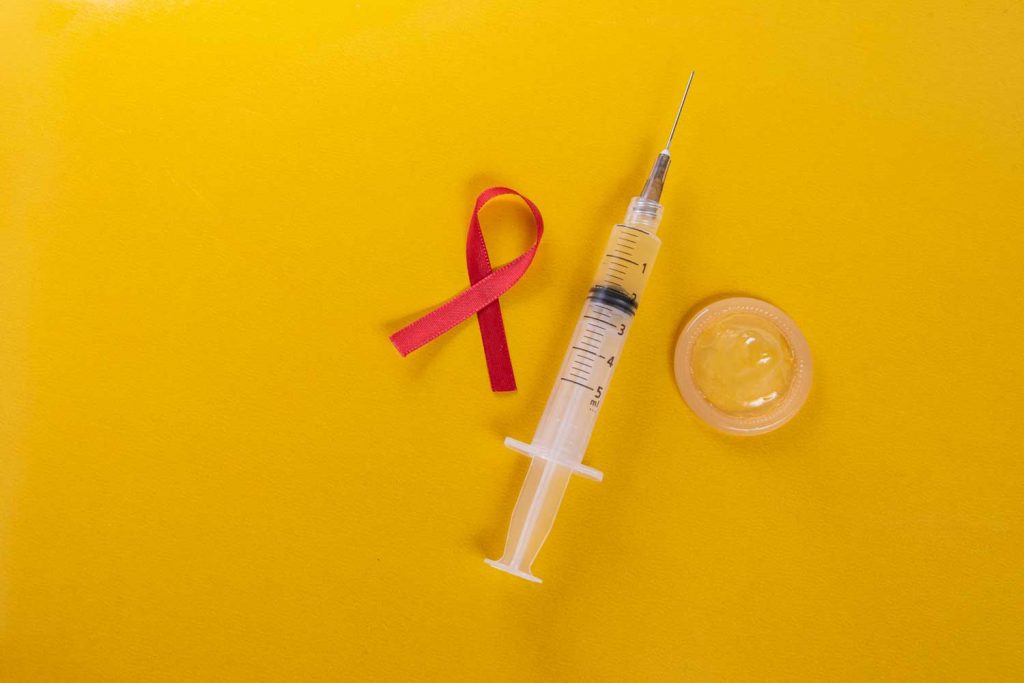MANAGEMENT AND TREATEMENT OPTIONS FOR VARIOUS STDs, SUCH AS CHLAMDIA, GONORRHEA, SYPHILIS, HERPES, HIV/AIDS AND OTHERS

Sexually transmitted diseases (STDs) are infections that are spread through sexual contact. If left untreated, they can lead to serious health problems, so it’s important to be aware of the symptoms, diagnosis, and treatment options available. Here is a brief overview of some of the most common STDs and their management options.
1) Chlamydia:
Chlamydia is a bacterial infection that is usually transmitted through sexual contact. Symptoms can include discharge from the genitals, pain during urination, and lower abdominal pain in women. Chlamydia can be diagnosed with a simple urine test or a swab of the affected area. Antibiotics, such as azithromycin or doxycycline, are used to treat chlamydia.
2) Gonorrhea:
Gonorrhea is another sexually transmitted bacterial infection that can cause symptoms similar to chlamydia, such as discharge from the genitals and pain during urination. Gonorrhea can be diagnosed with a urine test or swab of the affected area. Antibiotics, such as ceftriaxone and azithromycin, are used to treat gonorrhea.
3) Syphilis:
Syphilis is a bacterial infection that is spread through sexual contact. It has four stages, each with its own set of symptoms. In the early stages, syphilis may cause sores on the genitals, anus, or mouth. Later stages can lead to serious health problems, including heart disease and neurological problems. Syphilis can be diagnosed with a blood test. Antibiotics, such as penicillin, are used to treat syphilis.
4) Herpes:
Herpes is a viral infection that can cause sores on the mouth or genital area. There is no cure for herpes, but antiviral medications can help manage symptoms and reduce the frequency of outbreaks.
5) HIV/AIDS:
HIV is a virus that attacks the immune system, leading to AIDS. HIV is transmitted through bodily fluids, including blood, semen, vaginal fluids, and breast milk. Symptoms of HIV can include fatigue, fever, and rashes. Antiretroviral therapy (ART) can help slow the progression of HIV to AIDS and manage symptoms.
These are just a few of the most common STDs, and there are many others. If you suspect you have an STD, it’s important to see a healthcare provider as soon as possible to get tested and treated. Regular testing is a good way to catch STDs early and prevent them from becoming more serious. Remember, the best way to prevent STDs is to practice safe sex and get tested regularly.
Prevention of STDs:
1) Abstaining from sexual activity:
The best way to avoid STDs is to abstain from sexual activity.
2) Correct and consistent use of condoms:
Latex condoms can reduce the risk of transmission of some STDs, but not all.
3) Regular testing:
Regular testing is important for early detection and treatment of STDs.
4) Limiting number of sexual partners:
The fewer sexual partners you have, the lower your risk of getting an STD.
5) Getting vaccinated:
There are vaccines available for certain STDs, such as hepatitis B and human papillomavirus (HPV).
It’s also important to know that some STDs may not show symptoms, so it’s important to get tested even if you feel healthy. Some STDs can also be transmitted from mother to baby during pregnancy, so it’s important for pregnant women to get tested and treated if necessary.
In conclusion, STDs are a common problem and can lead to serious health problems if left untreated. Awareness of the symptoms, diagnosis, treatment options, and prevention measures can help you take control of your sexual health and prevent the spread of STDs. Don’t be afraid to talk to your healthcare provider about your sexual history and get tested regularly.
The goal of this blog is to provide a comprehensive and factual resource for anyone seeking information on the topic of sex.
The purpose of this blog is to enhance understanding and educate solely on the subject of sex, with no intention of promoting or encouraging any other activities.
For Inquires: Click here.
Read more blog: Click here.
Featured image source: Image by user3802032 on Freepik







